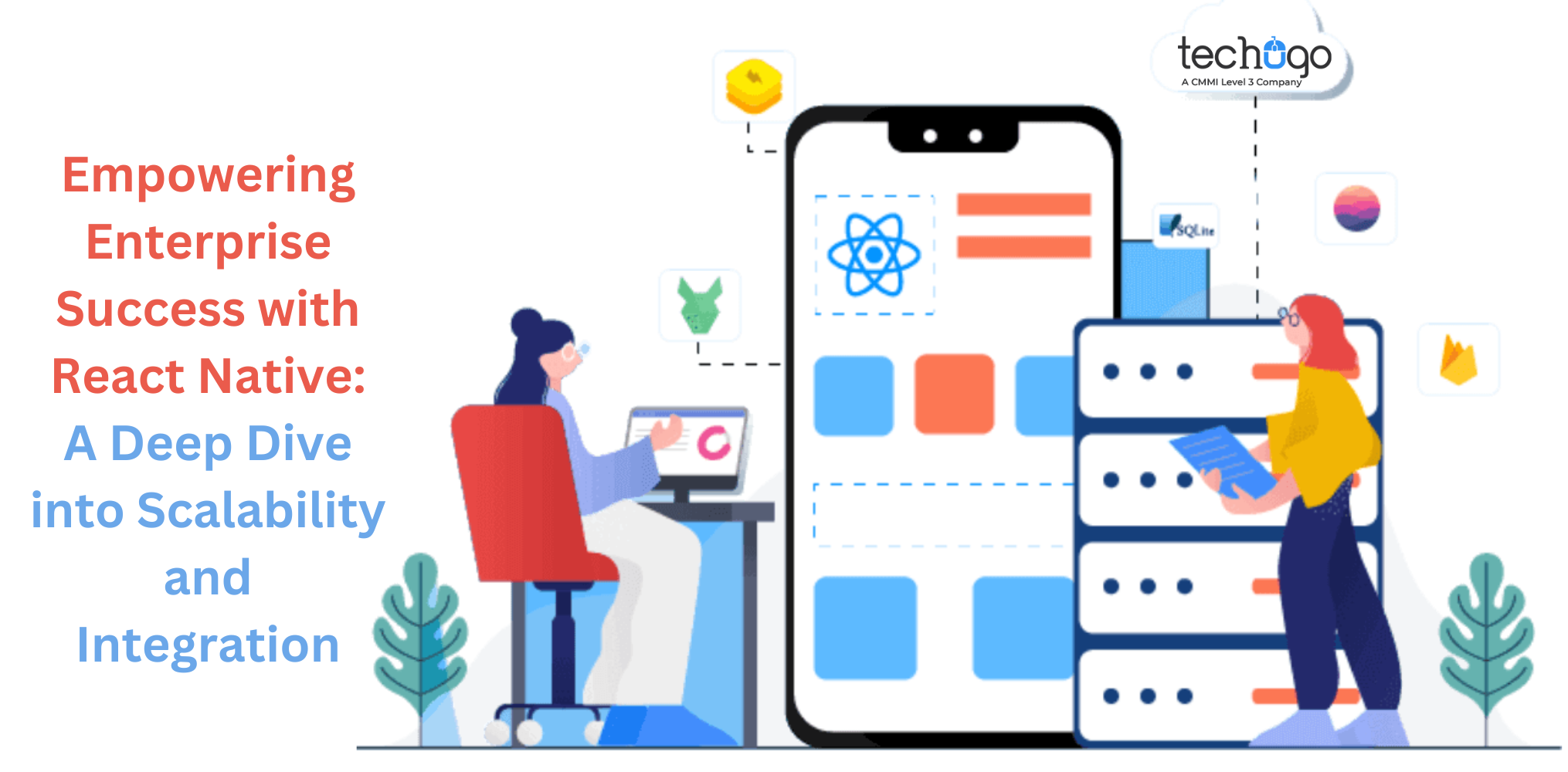In the fast-paced enterprise development landscape, React Native has emerged as a powerhouse for building cross-platform mobile applications. Its ability to create dynamic and engaging user interfaces, coupled with a single codebase for iOS and Android platforms, makes it an attractive choice for businesses seeking efficiency and cost-effectiveness. In this blog, we will address the critical aspects of scalability and integration, which are essential for the success of enterprise-level applications. For businesses in the UAE, React Native stands out as a robust solution, offering scalability and seamless integration, making it an ideal choice for mobile app development. Recognizing the significance of React Native, a leading mobile app development company in the UAE, it emphasizes its role in delivering efficient and cost-effective solutions for enterprises looking to establish a strong presence in the mobile app landscape.
Scalability Challenges in Enterprise Development
Enterprises frequently grapple with the formidable task of expanding the capacity and capabilities of their mobile applications to keep pace with the escalating requirements posed by a growing user base, developing datasets, and the continual addition of new features. This challenge becomes particularly pronounced in the dynamic landscape of mobile app development, where adapting to evolving demands is crucial for maintaining competitiveness and meeting user expectations. React Native provides several features that contribute to scalability:
- Reusable Components:
React Native’s component-based architecture promotes the creation of reusable UI elements. This streamlines the development process and ensures consistency across different application parts. Reusable components make it easier to scale an application as new features are added.
- Optimized Rendering:
React Native employs a virtual DOM to optimize the rendering process. This means that only the components that require updating are re-rendered, reducing the load on the system. This efficient rendering mechanism contributes to better performance as the application scales.
- Module Federation:
With the introduction of Module Federation in React Native, developers can create loosely coupled micro-frontends. This allows for the independent development and deployment of different application parts, facilitating scalability by enabling teams to work on specific modules without affecting the entire application.
Integrating React Native into Enterprise Systems
Integration is critical to enterprise application development, as businesses, especially those in the mobile app development sector, rely on many tools, databases, and services. A mobile app development company in Riyadh, for instance, must seamlessly integrate various technologies to create robust and efficient applications that meet the specific needs of its clients. React Native seamlessly integrates with multiple systems, ensuring that the application can communicate and share data effectively:
- API Integration:
React Native supports RESTful APIs and GraphQL out of the box. This allows developers to easily integrate the application with backend services, ensuring smooth data exchange. Using popular state management libraries like Redux further enhances the ability to manage and share data across the application.
- Native Modules:
While React Native allows the use of JavaScript, it also provides a bridge for native modules written in Swift, Objective-C, Java, or Kotlin. This feature is crucial for integrating with device-specific functionalities and accessing native APIs, ensuring that the application can leverage the full capabilities of the underlying platform.
- Third-Party Libraries:
The React Native community actively contributes to a vast ecosystem of third-party libraries. These libraries of functionalities, from authentication to analytics, ease the integration of popular services into enterprise applications. Leveraging these libraries can significantly accelerate development timelines.
- Offline Capabilities:
Enterprise applications often need to function seamlessly in offline mode. React Native enables the development of offline-capable applications by supporting local data storage and synchronization. This is crucial for scenarios where users may not have a reliable internet connection, ensuring continuous productivity.
Best Practices for Scalability and Integration in React Native
To ensure the success of enterprise applications built with React Native, developers should follow the best practices:
- Code Splitting:
Implement code splitting to break down the application into smaller, manageable chunks. This facilitates faster loading times and makes it easier to scale and maintain the codebase.
- Performance Monitoring:
Regularly monitor and optimize the application’s performance using React DevTools and Reactotron. Addressing performance issues proactively is essential for maintaining a responsive user experience as the application scales.
- Automated Testing:
Implement a robust testing strategy, including unit, integration, and end-to-end tests. Automated testing ensures that new features and changes do not introduce regressions and helps maintain the reliability of the application.
- Continuous Integration and Deployment (CI/CD):
Adopt CI/CD pipelines to automate the testing and deployment processes. This ensures that changes are thoroughly tested before production, reducing the risk of introducing bugs that could impact scalability and integration.
To sum it up:
React Native empowers enterprise development by addressing the challenges of scalability and integration head-on. Its component-based architecture, efficient rendering, and seamless integration capabilities make it ideal for businesses seeking a mobile app development company in UAE. By following best practices and leveraging the rich ecosystem of tools and libraries, developers can ensure the success of their React Native applications in the dynamic landscape of enterprise development.





